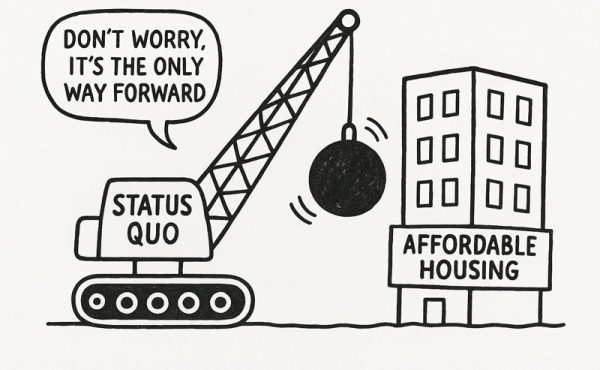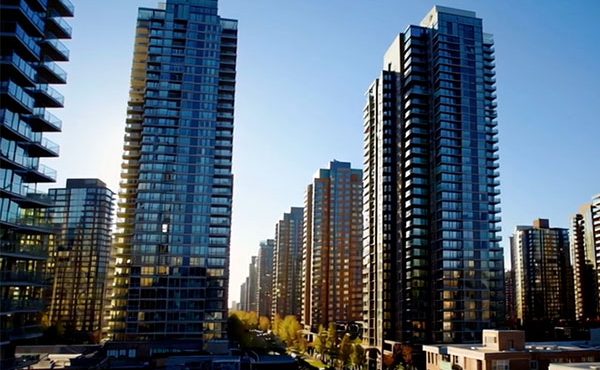
Authors: Mathias Braschler & Monika Fischer (Hatje Cantz, 2011)
The Human Face of Climate Change is a quiet and stunning journey into the lives of people around the world who have been dramatically affected by the environmental impacts of climate change. In 2009, photographers, Mathias Braschler and Monika Fischer traveled to 16 different nations around the world, where they met, interviewed and captured the stories of fishermen, labourers, teachers, children, musicians and farmers who have experienced the dramatic and often devastating affects of our changing environment firsthand.
Climate change is everywhere. It is in our newspapers. On our radio. It is staring at us when we fill up our gas tanks. As a result, solving climate change feels like an insurmountable task. The sheer scale of the problem is debilitating. Nations fight over the validity of climate change, while people, worldwide struggle to adapt. What Braschler and Fischer do is address the problem of climate change at smaller more human scale – through stories and images.
Each story is told by way of a single paragraph and a stunning portrait of the individual or family on their land. Furrowed brows, deep facial lines, sunburned skin and determined eyes look straight into the camera, capturing a moment in history that is sad, courageous and filled with emotion.
The stories being told are not new: floods, soil salinization, water shortage, desertification, rising temperatures, sandstorms, melting permafrost, pine beetles, hurricanes. But what is new is the direct connection to daily human life and to human spirit: “If things go on like this, I think the community will be destroyed. I will have to move away but I don’t know where to go because I am illiterate and I do not know how to do anything other than fishing. I don’t want to move. I love this place.” The human face of climate change is not only eroding land and flash floods; it is emotional trauma, stress, depression, fear, anxiety, violence, and a loss of language, culture and identity.
In his introduction, Jonathan Watts briefly discusses the “hype” of climate change as a tool to make money, as well as the widening “climate gap” that exists much in the same way an economic gap does: “The people making decisions about carbon emissions tend to be wealthy urbanites living air-conditioned lives. Those who are directly affected by climate change on the other hand are more likely to be poor and exposed to life on the environmental edge…”
Through The Human Face of Climate Change, Braschler and Fischer address this gap by giving voices to those living on the environmental edge: quite, stunning, sophisticated and provocative voices. Although this collection of images and stories is a haunting reminder of what lays ahead, it is also a refreshing look at a problem that will not be resolved on it’s own: “I think we have to find some way to live with our chins up and face what’s really coming down.”
***
Ellen Ziegler is currently completing a Masters in Advanced Studies in Architecture at the University of British Columbia.




